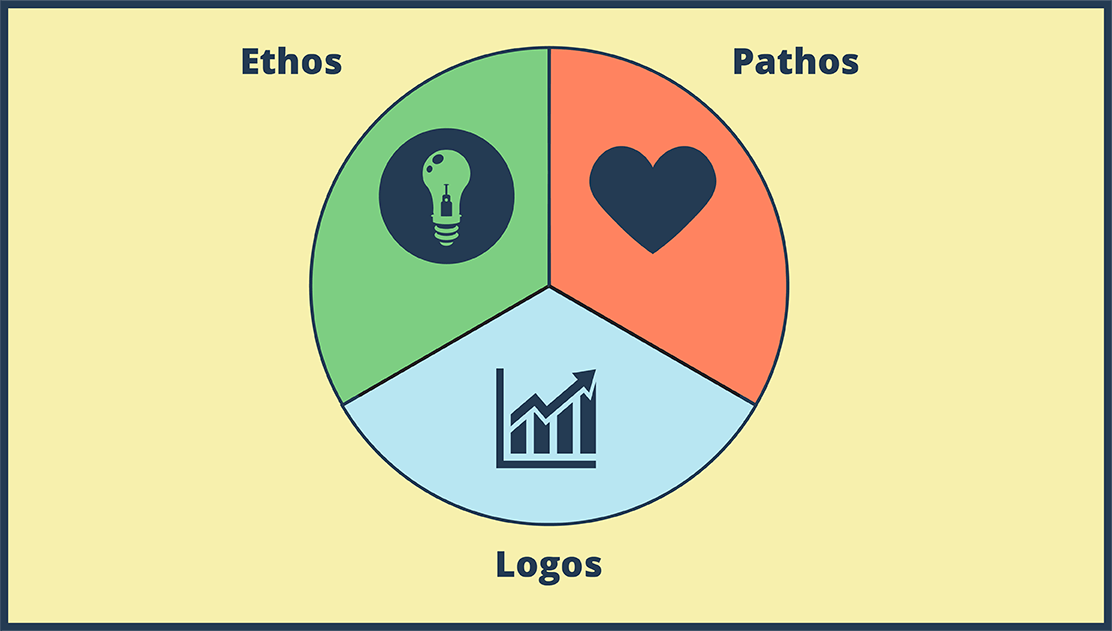How to Use a Protractor

Ten zestaw zdarzeń można znaleźć w następujących artykułach i zasobach:

Tworzenie Angażujących Materiałów Edukacyjnych: Jak Przedstawić Proces na Diagramie
Plany Lekcji Anny Warfield
Instrukcje i procesy są o wiele łatwiej zrozumiałe, gdy towarzyszą im wizualizacje. Kiedy tworzymy scenariusz procesu lub tworzymy sekwencyjny diagram, możemy skupić się na dyskretnych krokach, przyczynie i skutku oraz sekwencji.

Korzystanie z Storyboard That w Twojej Klasie Matematyki
Pomoce Wizualne do Nowoczesnej Klasy
Storyboard That ułatwia włączenie wizualnej nauki do lekcji matematyki i dostosowanie treści do twoich uczniów. Łatwo konfigurowalne szablony pozwalają upewnić się, że arkusze, które przekazujesz uczniom, odpowiadają im tam, gdzie są, i kwestionują koncepcje, nad którymi wciąż pracują.
'
Sprawdź inne nasze artykuły edukacyjne!
Storyboard Opis
How to Use a protractor graphic organizer - diagram a process
Tekst Storyboardowy
- Slajd: 1
- GAH! Math is so stupid! It doesn't make any sense!
- Slajd: 2
- This protractor thing is impossible!
- Slajd: 4
- Make sure the protractor is not backwards! It makes life so much easier if you can read the numbers.
- Slajd: 5
- Before we measure, tell me if this is an acute, right, or obtuse angle.
- Slajd: 6
-
- Acute?
- It IS acute, so that means it measures less than 90 degrees. We already know the answer is between 0 and 90 degrees!
- Slajd: 7
- There are two parts of the protractor to help you get the angle in the right place: 1) an upside-down T at the bottom middle 2) the base line (0 degrees or 180 degrees)
- Slajd: 8
- We want to place the protractor on top of the angle so the middle of the T is at the vertex.
- Slajd: 9
- Rotate the protractor so the vertex of the angle is still at the T, but one leg of the angle is lined up with the 0 degree line.
- Slajd: 10
- The line doesn't reach the numbers!
- That's OK. Don't you remember that definition about angles? Two RAYS with the same endpoint? Rays go on forever, so we can just extend the legs of the angle.
- Slajd: 11
- The legs of the angle are extended, so we just need to read the numbers. Our options are 140 degrees or 40 degrees. Which is it?
- Slajd: 12
- Acute angle! 40 degrees! Take that MATH!
- Slajd: 0
- I will show you how to use it. Well, step 1...
- Maybe I can help.
Utworzono ponad 30 milionów scenorysów
Bez Pobierania, bez Karty Kredytowej i bez Logowania, aby Spróbować!



